|
|
|||
|
(Back to Preceding Week; on to Next Week) |
|
Blue-throated
|
A few spaces are still available for our 2010 midwinter HUMMINGBIRD |
Canivet's
|
|
2009 BIRD BANDING TOTALS:
Here at Hilton Pond Center, we're privileged to study birds not only via binoculars and camera lens but also by capturing them with mist nets and traps. We've been catching birds since 1982 as part of our long-term bird banding research on avifauna in the Carolina Piedmont. With 28 consecutive years of study now on the books, the Center is the most active banding station in the Carolinas. As of 31 December 2009 we have banded 53,642 individual birds of 124 species and have recaptured countless numbers of them in later months and years. Our findings about bird migration, longevity, site fidelity, and population dynamics in this region all help us understand more about the behavioral ecology of birds--a frequently covered topic in our "This Week at Hilton Pond" photo essays.
All text, charts, tables & photos © Hilton Pond Center Three banded birds at a sunflower seed feeder at Hilton Pond Center (above, left to right): American Goldfinch, Carolina Chickadee, and Eastern Tufted Titmouse Each year of banding reveals something new and exciting about local bird life, and every year is different. In 2009 we banded more individuals--1,760--than last year, but not by much; in 2008 we caught 1,715. Interestingly, we banded more SPECIES last year (66), compared with 62 for 2009. All these numbers, however, were well below the Center's all-time highs of 4,061 birds and 95 species set back in the 1990s. Our 2009 numbers were down in part because we were away from Hilton Pond Center much more than usual--including five midwinter weeks studying Ruby-throated Hummingbirds in Costa Rica. (In past years we stayed in the Neotropics for only 2-3 weeks.) We took a two-week midsummer trip to northern California and for many days during the peaks of spring and fall migration were helping start a new nature center in West Virginia. Weather also was a factor; it seems like days when we were home at Hilton Pond it was often rainy or excessively windy--meaning we couldn't run mist nets without endangering birds. All text, charts, tables & photos © Hilton Pond Center CHART 1: Click on image above to open a larger chart in a new browser window As shown on Chart 1 above, the early 1990s were indeed the "glory years" for banding at Hilton Pond Center. We traveled less then and ran up to 20 nets almost every day April through October. In addition, habitats around the Center were about ten years into succession after having been almost completely open for at least a half century. As we moved through successional stages of old field/shrubland/redcedar thicket/open mixed woodland, the numbers and species of birds increased and then went back down, and it's likely we will never again see the same avian diversity as the property transitions into mature forest. (It also didn't help our bird life when a neighboring farmer clear-cut 70 acres of mature Loblolly Pines in 1996, eliminating nearby roosting, nesting, and foraging habitat.) Thus, reduced net-hours and habitat change have been two main factors affecting numbers and species of birds banded at the Center, as noted by the two downsloping trend lines on the chart above. There may be other factors, of course, but for any of them it's hard to assign cause-and-effect relationships. All text, charts, tables & photos © Hilton Pond Center CHART 2: Click on image above to open a larger chart in a new browser window As 2009 comes to a close, there are now 22 species for which we have banded at least 400 individuals at Hilton Pond Center (see Chart 2 above); Mourning Doves and American Redstarts were the two new species to join the "400 Club." As usual, in 2009 the most common species were "winter finches": American Goldfinch (362 banded), House Finch (253), Purple Finch (164), and--this year--Pine Siskin (223). Numerous species occurred in unusually low numbers, including: Gray Catbird and Common Grackle (only two of each, well below a 28-year average of 32 for both species); Blue Jay (2, below avg. of 19); Dark-eyed Junco (2, avg. 27); American Robin (1, avg. 27); White-throated Sparrow (23, avg. 71); Eastern Towhee (3, avg. 25); and Yellow-rumped Warbler (15, avg. 74). Low banding rates for birds we capture in mist nets are understandable because we had fewer net hours in 2009, but alarming is the scarcity of ground feeding species--juncos, white-throats, and towhees--we normally trap in good numbers during winter. Among ground foragers, only Northern Cardinals and Chipping Sparrows--mentioned above as reaching the 90 mark--were well above the 28-year rate. Below is a photo gallery of some notable bird species from 2009, with explanations of why they were special. After reviewing the images and captions, please continue scrolling down for a complete table of all birds banded in 2009--including how we fared against our all-time highs and averages, Despite low totals, for 27 species we actually exceeded or tied the 28-year-average. Following the table we include a comment about birds SEEN but not necessarily banded at the Center during the past 12 months. We hope in our 2009 banding summary you'll find some snippets of data you can compare against sightings of bird species in your own backyard. We likewise hope 2010 is the best year ever for you AND for the banding program at Hilton Pond Center! All text, charts, tables & photos © Hilton Pond Center
All text, charts, tables & photos © Hilton Pond Center Mourning Doves (adult male, above) were the only species at Hilton Pond Center to set a new high for captures in 2009 with 44, eclipsing the old record of 37 MODO established 'way back in 1988.
All text, charts, tables & photos © Hilton Pond Center Our 18 Summer Tanagers (second-year male, above) tied Hilton Pond Center's record high established in 1995. Since 1982 we've only averaged six SUTA per year.
All text, charts, tables & photos © Hilton Pond Center American Goldfinches were our most commonly banded species at Hilton Pond Center in 2009 with 362. Numbers were helped by an unusually large number of newly fledged AMGO (above) that must have been produced nearby--a relatively new local phenomenon.
All text, charts, tables & photos © Hilton Pond Center House Finches (adult male, above), although fewer in number locally than in the mid-1990s, tallied 253 bandings in 2009--enough to make HOFI the first member of Hilton Pond Center's "8,000 Club" (n = 8,163, and counting).
All text, charts, tables & photos © Hilton Pond Center Perhaps the "Best Banded Bird of the Year" for 2009 was an immature male Golden-winged Warbler (above), only the fourth of its species captured at Hilton Pond Center since 1982.
All text, charts, tables & photos © Hilton Pond Center American Redstarts (adult male, above)--along with Mourning Doves--were the only new species to join the Hilton Pond Center "400 Club." Our 10 AMRE banded in 2009 brought the local total for that species to 401.
All text, charts, tables & photos © Hilton Pond Center All 223 Pine Siskins in 2009 were banded 1 January through 18 April, with none showing up in the fall. Still, it was our third best year for these pointy-billed finches at Hilton Pond Center.
All text, charts, tables & photos © Hilton Pond Center Of the 36 Cedar Waxwings banded this year at Hilton Pond Center, 31 of them were captured SIMULTANEOUSLY in the same net on 9 November! That single net run yielded 13% of all the 239 CEWA we've banded locally since 1982.
All text, charts, tables & photos © Hilton Pond Center Ruby-throated Hummingbirds (adult male, above) did well again in 2009 despite our slowest start ever at Hilton Pond Center. By the time the last hummer left on 8 October, we had banded 205 RTHU--our fourth highest total since we started studying them in 1984.
IT'S NOT ONLY ABOUT BANDING: HILTON POND YARD LIST 2009 Although we always tally birds we band annually at Hilton Pond Center, until recently we never really kept track of the number of species seen or heard during the calendar year; i.e., we didn't keep a "Yard Year List." We decided to start in 2007 when we ended up encountering 90 of the 168 species on the Center's master list--more than half (53.57%) the birds then known to occur on the property. In 2008 we did a bit better, first by adding two NEW species to the yard list: Fish Crow (species #169) and Solitary Sandpiper (#170). Our annual total last year was 96 species observed from a "possible" list of 170, or 56.47%.
All text, charts, tables & photos © Hilton Pond Center In 2009 we backslid a little, mostly because we were away from the Center for more time than usual (see reasons in banding summary above). Nonetheless, in 2009 we still saw 88 of 170 species (51.76%) on our "yard list" but added no new species. Our "Bird Sighting of the Year" for 2009 occurred when we walked out on the pier at Hilton Pond on 27 September and were surprised by a Red-headed Woodpecker flying low overhead (immature pictured above). This was only the third sighting of this species at the Center since 1982; we wistfully regret we've never banded one locally. All text, charts, tables & photos © Hilton Pond Center
Comments or questions about this week's installment?
Thanks to the following fine folks for recent gifts in support of Hilton Pond Center for Piedmont Natural History and/or Operation RubyThroat: The Hummingbird Project. Your tax-deductible contributions allow us to continue writing, photographing, and sharing "This Week at Hilton Pond." (Please see Support if you'd like to make a gift of your own. You can also contribute by ordering an Operation RubyThroat T-shirt.)
"This Week at Hilton Pond" is written & photographed You may wish to consult our Index of all nature topics covered since February 2000. You can also use our on-line Hilton Pond Search Engine at the bottom of this page. For a free, non-fattening, on-line subscription to |
|
Make direct donations on-line via
Network for Good: |
|
|
Use your PayPal account
to make direct donations: |
|
|
If you like to shop on-line, you please become a member of iGive, through which more than 750 on-line stores from Barnes & Noble to Lands' End will donate a percentage of your purchase price in support of Hilton Pond Center and Operation RubyThroat. For every new member who signs up and makes an on-line purchase iGive will donate an ADDITIONAL $5 to the Center. Please sign up by going to the iGive Web site; more than 200 members have signed up to help. It's a painless, important way for YOU to support our on-going work in conservation, education, and research. |
|
|
SPECIES BANDED THIS WEEK: WEEKLY BANDING TOTAL 5 species 37 individuals 2009 BANDING TOTAL 62 species (28-year avg. = 68.9) 1,760 individuals (avg. = 1,915.8) 28-YEAR BANDING GRAND TOTAL (since 28 June 1982, during which time 170 species have been observed on or over the property) 124 species 53,642 individuals NOTABLE RECAPTURES THIS WEEK (with original banding date, sex, and current age) Song Sparrow (1) 03/07/09--after hatch year unknown Northern Cardinal (1) White-throated Sparrow (1) House Finch (1) VAGRANT HUMMINGBIRDS THIS WEEK NONE THIS WEEK
|
OTHER NATURE NOTES OF INTEREST All text & photos © Hilton Pond Center  Operation RubyThroat has teamed with EarthTrek so citizen scientists--like YOU--can contribute observations about hummingbird migration and nesting behavior. Membership is free for this great new opportunity to help increase scientific understanding of Ruby-throated Hummingbirds. On-line data entry forms are now live, so please register today at EarthTrek. NOW is the time to report your RTHU fall departure dates from the U.S. & Canada, and fall arrival dates for Mexico & Central America. Please participate. This Week at Hilton Pond is part of the Nature Blog Network
|
|
(Back to Preceding Week; on to Next Week) Up to Top of Page Back to This Week at Hilton Pond Center Current Weather Conditions at Hilton Pond Center |
 You can also post questions for The Piedmont Naturalist |
Join the |
Search Engine for |
|
|
Electronics Accessories

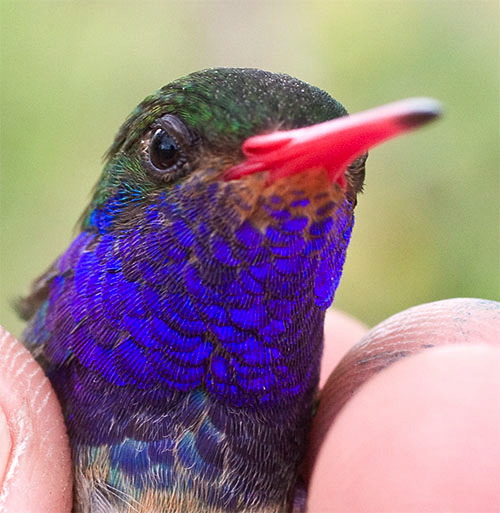
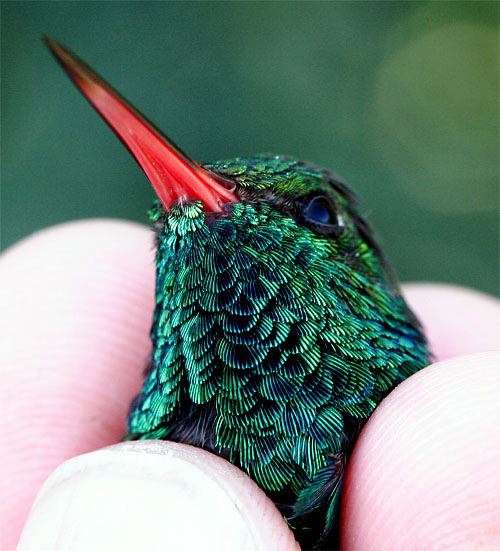
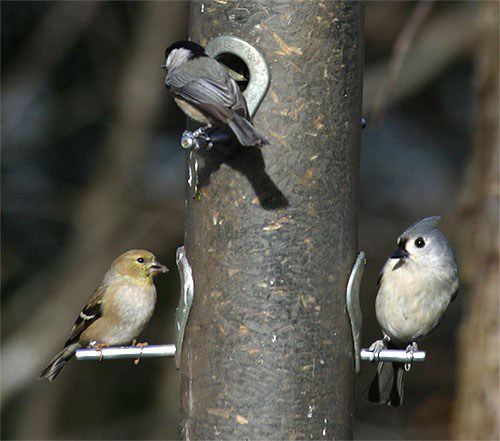
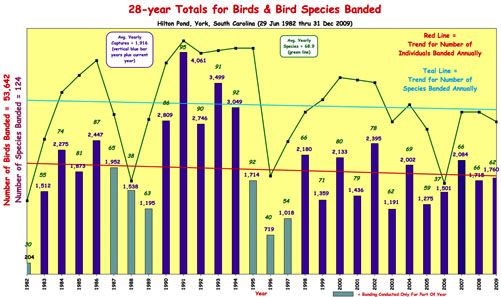
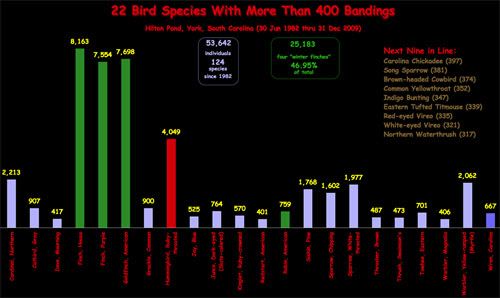
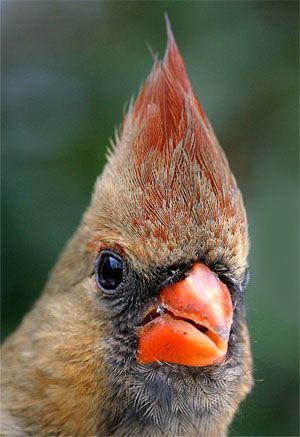 Those four species comprised 1,002 of 1,760 birds banded in 2009--a whopping 57% of the total. Our 205 Ruby-throated Hummingbirds were the only other species to break the 100-bird mark, although close with 90 each were Chipping Sparrow and Northern Cardinal (female, left).
Those four species comprised 1,002 of 1,760 birds banded in 2009--a whopping 57% of the total. Our 205 Ruby-throated Hummingbirds were the only other species to break the 100-bird mark, although close with 90 each were Chipping Sparrow and Northern Cardinal (female, left).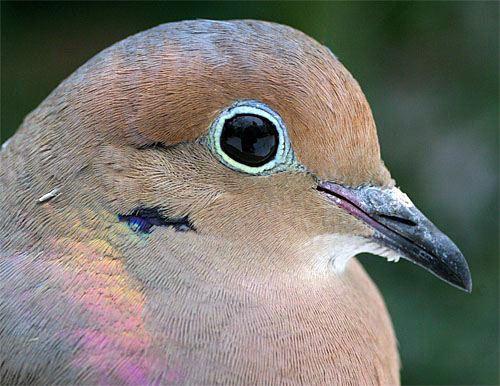
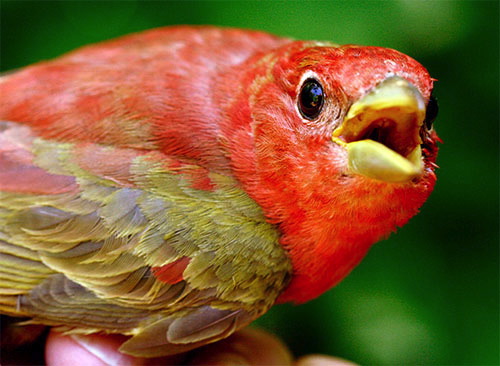
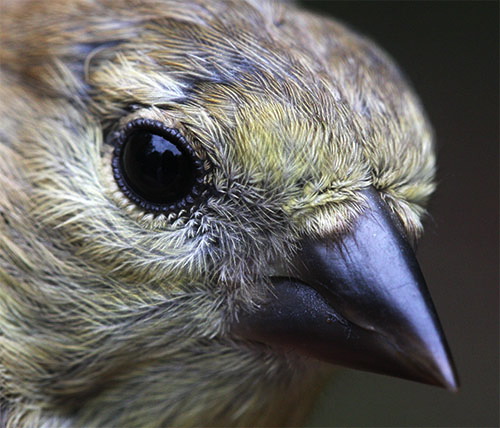
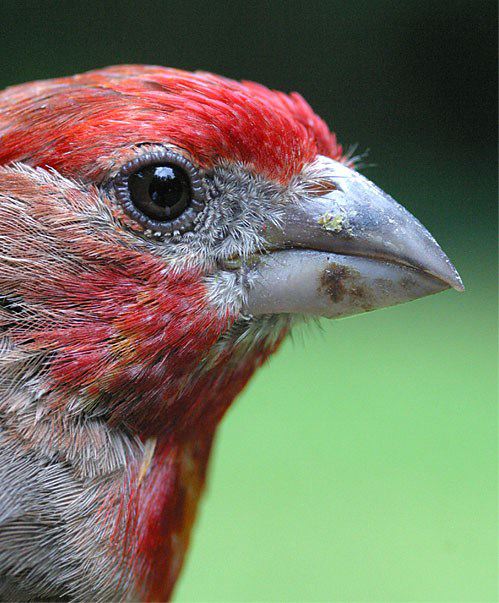
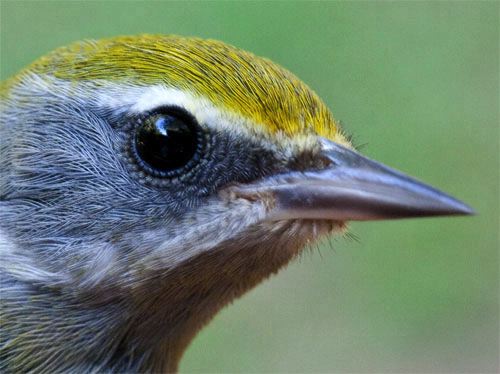
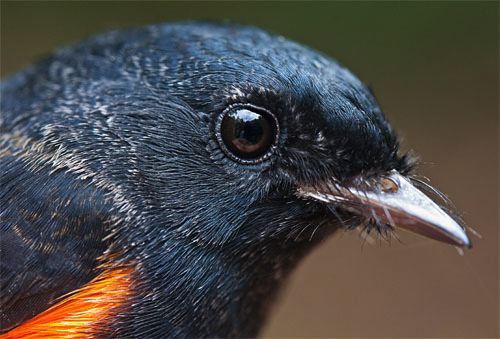
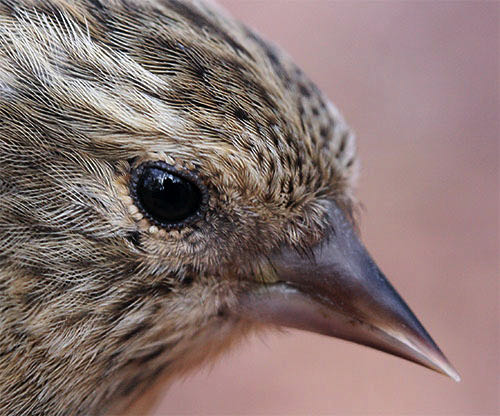
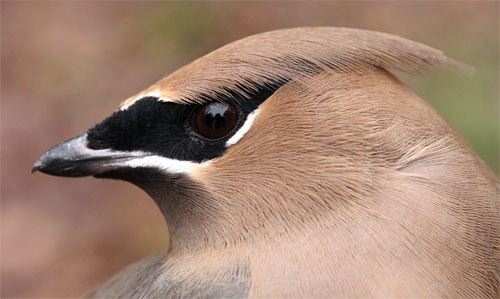
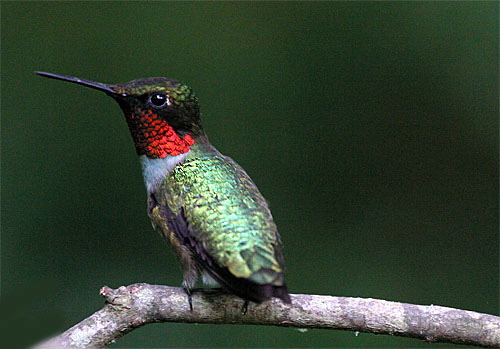



 Oct 15 to Mar 15:
Oct 15 to Mar 15: